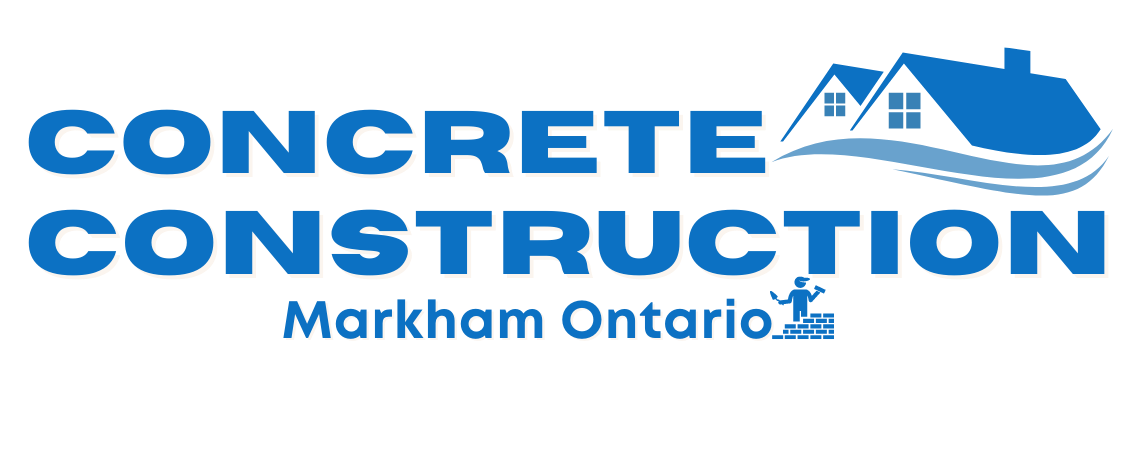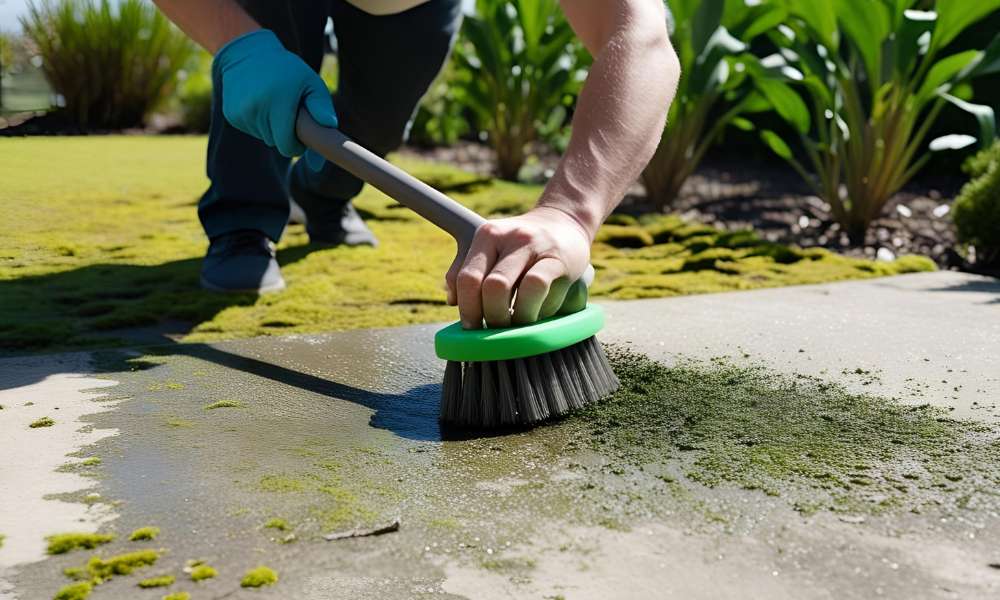Moss commonly grows on cement surfaces that stay damp, shaded, or poorly drained—like driveways, sidewalks, and patios. While it might look harmless at first, moss can become dangerously slippery when wet, cause long-term damage to concrete, and create an unsightly appearance around your home. That’s why it’s important to take action before the problem spreads. If you’re trying to get rid of moss on cement, this article will guide you through the causes of moss growth, its potential risks, and the most effective methods for removal. You’ll also learn how to prevent moss from coming back in the future.
Why Moss Grows on Cement
Moss tends to thrive in damp, shady environments, which makes concrete surfaces particularly vulnerable under the right conditions. Cement areas that receive little sunlight and retain moisture—such as shaded driveways, north-facing sidewalks, or patios with poor drainage—create the perfect environment for moss to grow. When water accumulates and doesn’t dry out quickly, it encourages the spread of moss spores, especially in climates with high humidity or frequent rainfall. Understanding these common causes helps homeowners target the root of the problem and implement more effective moss prevention strategies.
Is Moss on Cement Dangerous?
While moss may seem harmless at first glance, it can pose several risks when left untreated on cement surfaces. One of the most immediate concerns is its slippery texture, especially when wet, which can lead to dangerous slips and falls on driveways, sidewalks, and patios. Beyond the physical hazard, moss can gradually damage concrete by retaining moisture against the surface. Over time, this excess moisture can cause cracks, erosion, or promote the growth of more invasive organisms like mold and mildew. Additionally, moss and mold may contribute to poor air quality, potentially triggering allergies or respiratory issues, particularly in individuals sensitive to allergens. For these reasons, it’s important to address moss growth early to maintain both safety and structural integrity.
Effective Methods to Remove Moss from Cement
Manual Removal
Manual removal involves using a stiff-bristled brush or flat scraper to physically scrub moss off the cement surface. This method is affordable, chemical-free, and suitable for small patches. However, it can be time-consuming and labor-intensive. It may also leave behind spores, meaning moss could return unless followed up with a preventive treatment.
Using a Pressure Washer
A pressure washer is an effective tool for cleaning moss from large concrete surfaces like driveways and patios. It uses a high-powered water stream to strip away moss, dirt, and grime. Use a fan-tip nozzle and moderate pressure to avoid damaging the concrete. It’s quick, but care must be taken to use it properly.
Natural Remedies
Natural solutions like vinegar, baking soda, and lemon juice with salt offer eco-friendly alternatives to chemicals. Vinegar and water can be sprayed directly onto moss, baking soda can be made into a paste, and lemon juice with salt works well for smaller areas. These methods are safe for pets and plants but may require multiple applications for full effectiveness.
Chemical Moss Killers
For severe moss infestations, chemical moss killers offer fast and long-lasting results. Products like Wet & Forget or Moss Out! are popular options. Apply according to the label, wear gloves and eye protection, and avoid runoff to nearby plants or drains. Choose environmentally friendly formulas when possible to reduce impact on surrounding areas.
Preventing Moss from Coming Back
Preventing moss from returning is key to maintaining clean and safe cement surfaces. Start by improving drainage to stop water from pooling—standing moisture encourages moss growth. Trim overhanging trees or bushes to let more sunlight reach the surface, helping it stay dry. Regularly sweep and rinse your driveway, patio, or sidewalk to remove dirt and debris that moss can grow on. For added protection, apply a concrete sealant to reduce moisture absorption. You can also use anti-moss sprays as a preventive treatment. With a little routine care, you can keep your cement surfaces moss-free and looking their best all year round.
Read more: How to Remove Moss from Cement
Conclusion
Getting rid of moss on cement starts with choosing the right removal method—whether it’s manual scrubbing, pressure washing, natural remedies, or chemical treatments. Each approach has its benefits, depending on the size and severity of the moss problem. To keep your cement surfaces moss-free, improve drainage, allow for more sunlight, and clean regularly. Applying sealants or preventive treatments can also reduce future growth. With consistent care and timely intervention, you can maintain safe, clean, and attractive concrete areas year-round. Don’t wait for moss to take over—regular maintenance is the key to long-lasting results.

